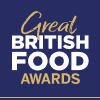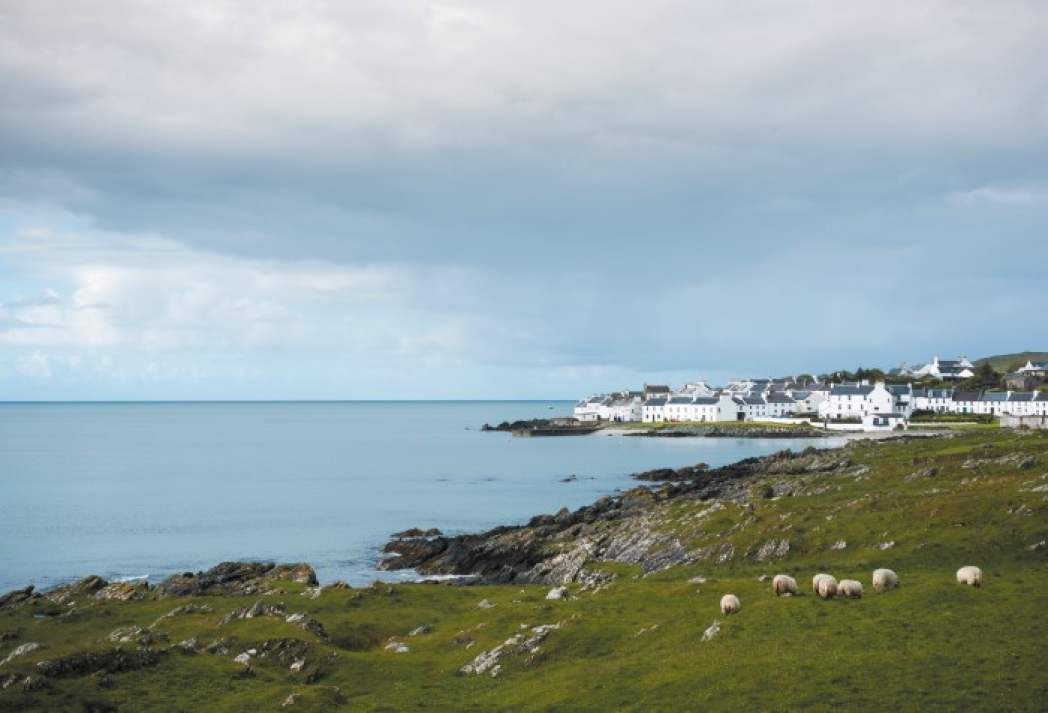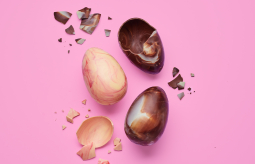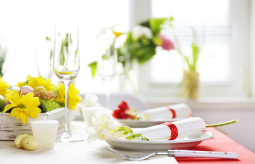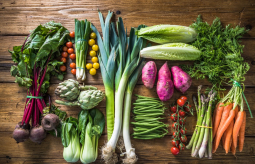Kayleigh Rattle searches the hills and shores of Islay for the native botanicals that make up this Scottish island’s sought-after gin…
Britain’s love affair with gin is showing no signs of slowing down; Brits bought 73 million bottles of the stuff in 2018 and there’s now more than 300 British varieties on the market. While these impressive statistics may be music to gin lovers’ ears, one can’t help but wonder what actually sets all of these bottles apart? Of course, it in part comes down to how gin is served; anything from the temperature of the spirit itself to the shape of the glass it’s poured into can impact on flavour and mouth feel and the same goes for tonic and garnish. Adding a twist of lime here and a rose flavoured mixer there can elevate a humble gin into quite the show-stopping beverage. But what intrigues me – and what inspired me to head to Scotland’s Inner Hebrides on a foraging expedition – is the unique combination of herbs, flowers and berries which can be added to the distillation process. While gin typically comprises a number of base botanicals including juniper (this in fact needs to be present for it to legally be a distilled gin in the UK), anything from musky angelica root to territory specific ingredients such as wild Scottish heather can be added to gin stills during its production.
 Islay bound
Islay bound
Just a 40-minute flight from Glasgow, Islay (pronounced eye-lah) is widely known and celebrated for its peaty whisky and wonderful wildlife. But on top of boasting eight extremely successful whisky distilleries, this small Scottish island is also home to some seriously impressive local produce including homegrown oysters, hand-dived scallops, high quality meat and game and plenty of organic vegetables from its community-run garden. With so many ingredients growing in abundance across this fertile island, it’s no wonder the makers of Islay’s first handcrafted and distilled gin, The Botanist, chose to add 22 local herbs and flowers to their unique batch.
Launched in 2010 as an experiment by Bruichladdich, one of the leading whisky distillers on the island, The Botanist features nine base botanicals (juniper, coriander, cinnamon, cassia, lemon peel, angelica root, orange peel, liquorice and orris) as well as 22 additional wild ingredients that are native to Islay. These delicate wild flowers and herbs are sustainably foraged in the bogs, hills and shores of Islay by two local botanical scientists before being left to dry on their porch, or preserved into tinctures (liquid extracts). They’re then slowly vapourinfused into Bruichladdich’s Ugly Betty, a formidable copper Lomond still which was originally used for malt production.
Off the beaten track
Travelling around Islay, it was easy to see why such a wild, rugged and relatively untouched landscape could inspire distilleries such as Bruicladdich. I’d barely left the airport before spotting bags of smoky peat lining the roadside and learning all about gorse, one of The Botanist’s native botanicals. These vibrant yellow wild flowers adorn the roads, fields and hills of Islay and can taste of coconut – or peas! – depending on whether the bush is south or north-facing. My trip continued in a similar vein; a brief visit to the Octomore Spring, where the natural waters which are added to The Botanist are sourced, found us walking past all manner of edible wild ingredients including watercress, heather and even more gorse.
 Look again
Look again
It soon became apparent that what some people (including me) may dismiss as being merely weeds, can in fact be delicious botanicals that not only taste great, but can really embellish and differentiate a gin. This was confirmed on a blustery morning walk in The Oa peninsula, the most remote part of Islay and home to rocky cliffs and nesting golden eagles, with Galloway-based forager Mark Williams (gallowaywildfoods.com). “There’s no such thing as weeds – they’re just ingredients we don’t know what to do with yet!” he told us as we stood in the nature reserve’s car park, squinting through the blustery wind. Eager to put this concept into action and to warm ourselves up, our group swiftly hurried off. “Where are you going?!” Mark motioned to us as he pointed out five edible herbs and flowers growing merely inches from the parked cars and our feet. He then proceeded to identify and explain the history of many more of the curiously named botanicals that make up The Botanist gin including tansy, hogweed, angelica, meadowsweet and wild thyme – herbs and flowers. I would never have noticed, and most certainly would have dismissed as weeds if I had.
Gin and terroir
This in-depth understanding of and respect for the environment in which something grows is a familiar concept for the whisky and wine industries – it’s known as terroir – and it can certainly be applied to the British gin movement too. As The Botanist demonstrates, the flora and fauna of Islay are central to its production, taste and identity and, excitingly, I’m confident we’re only going to see increasingly more of these unique distillations being made as peoples’ awareness of and respect for their landscape grows – sláinte to that! thebotanist.com
-
Blog
• one month ago -
Blog
• one month ago -
Blog
• one month ago -
Blog
• 2 months ago
-
The Best British Easter Eggs 2024
one month ago -
Our pick of the bunch for your Easter table
one month ago -
Five Easy Ways to Reduce Food Waste
one month ago


